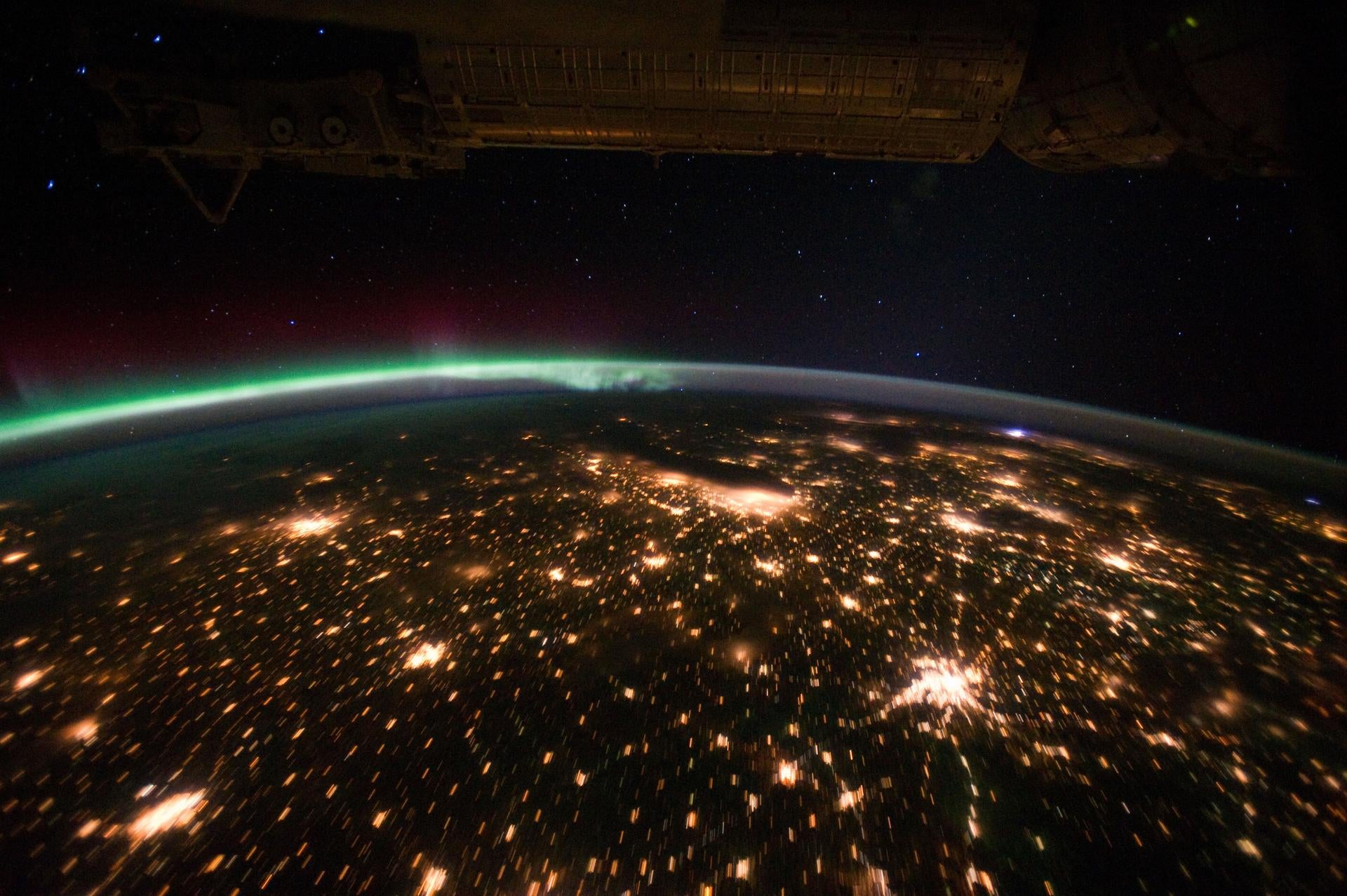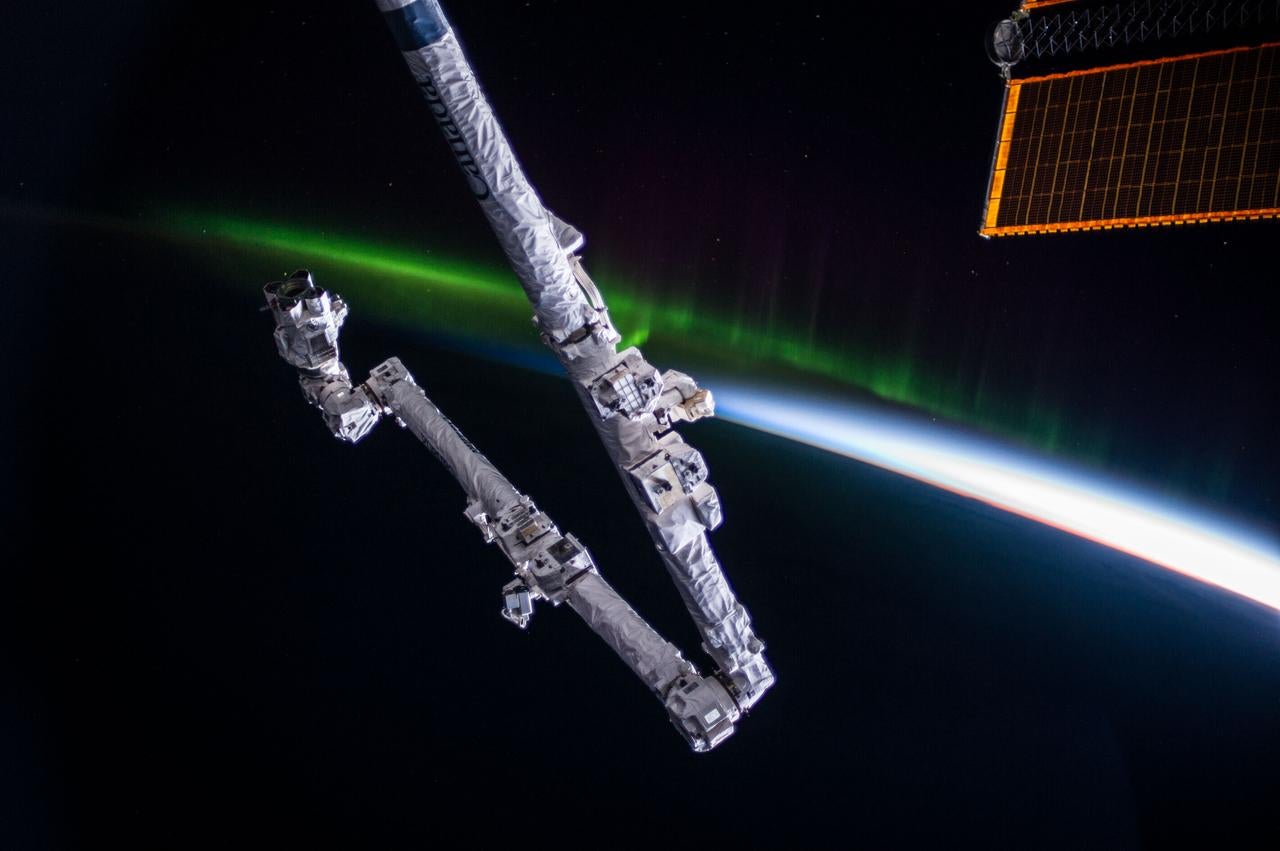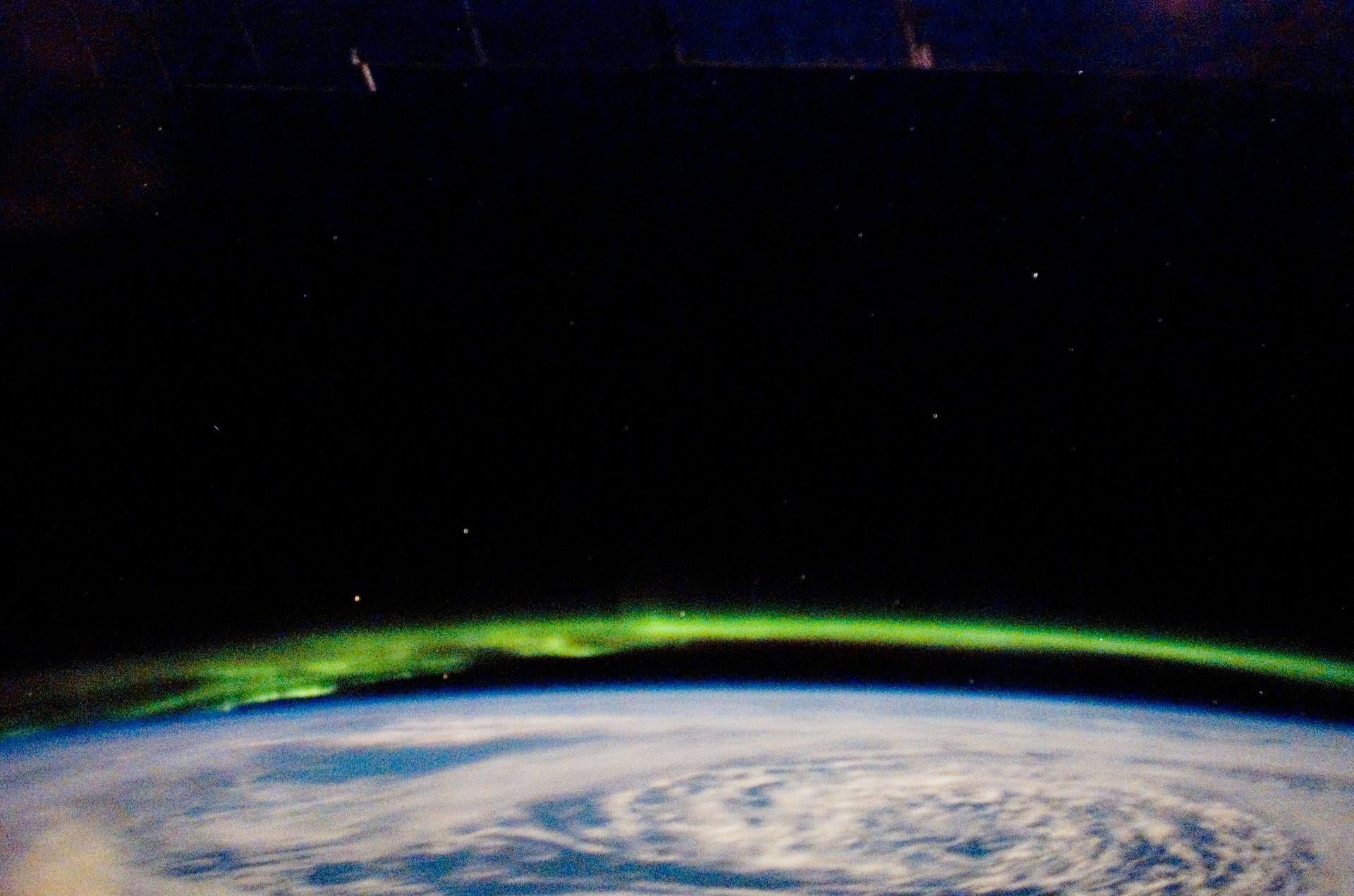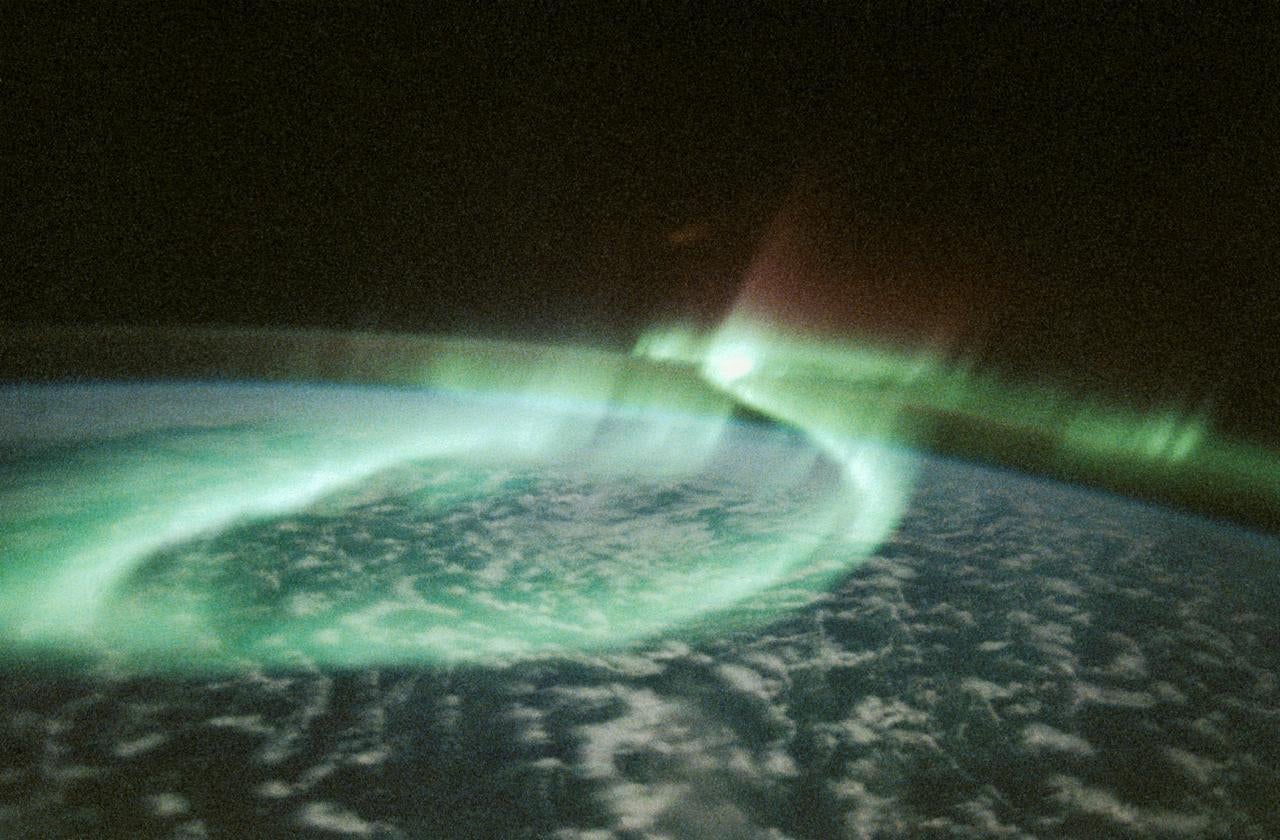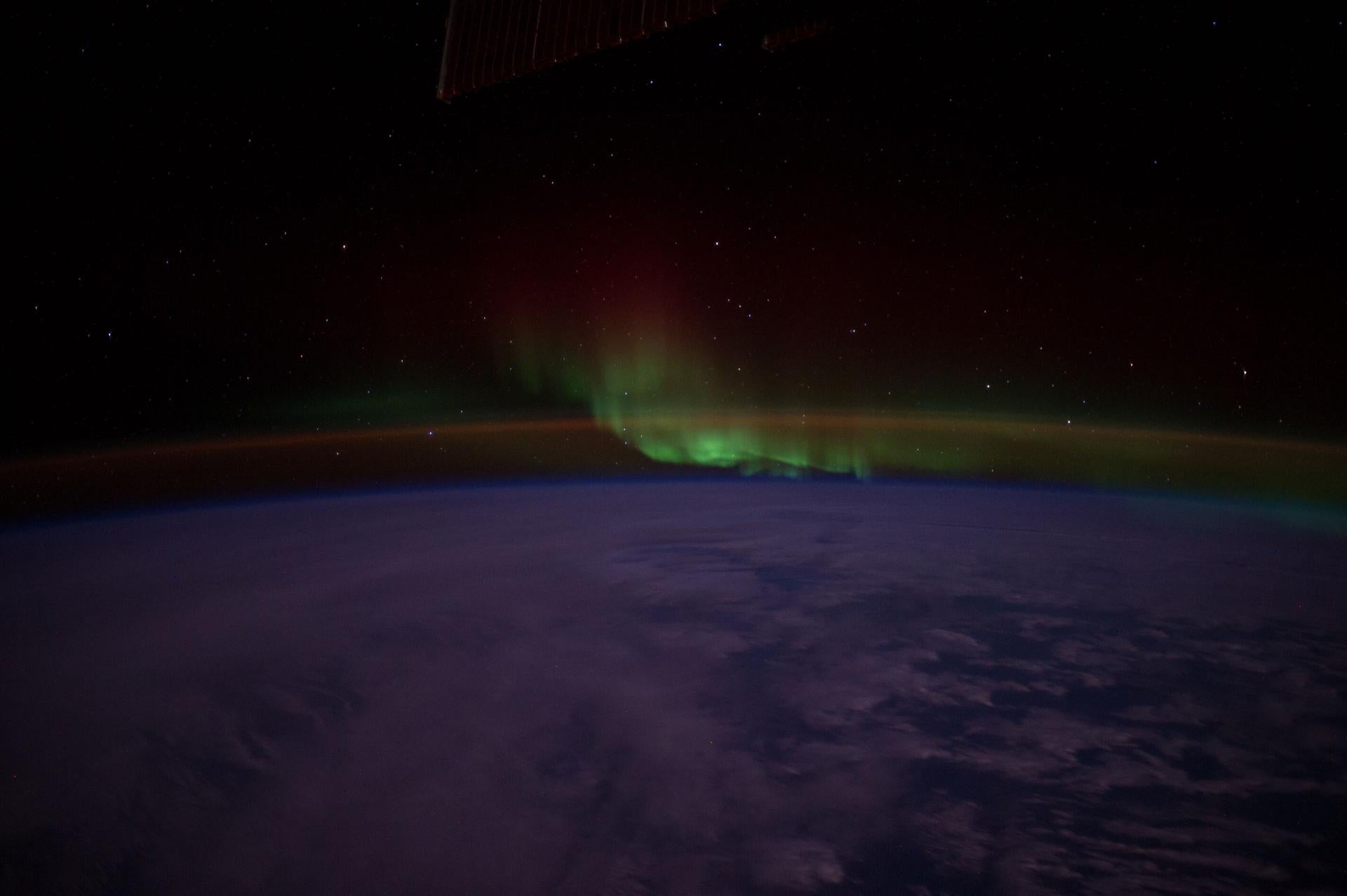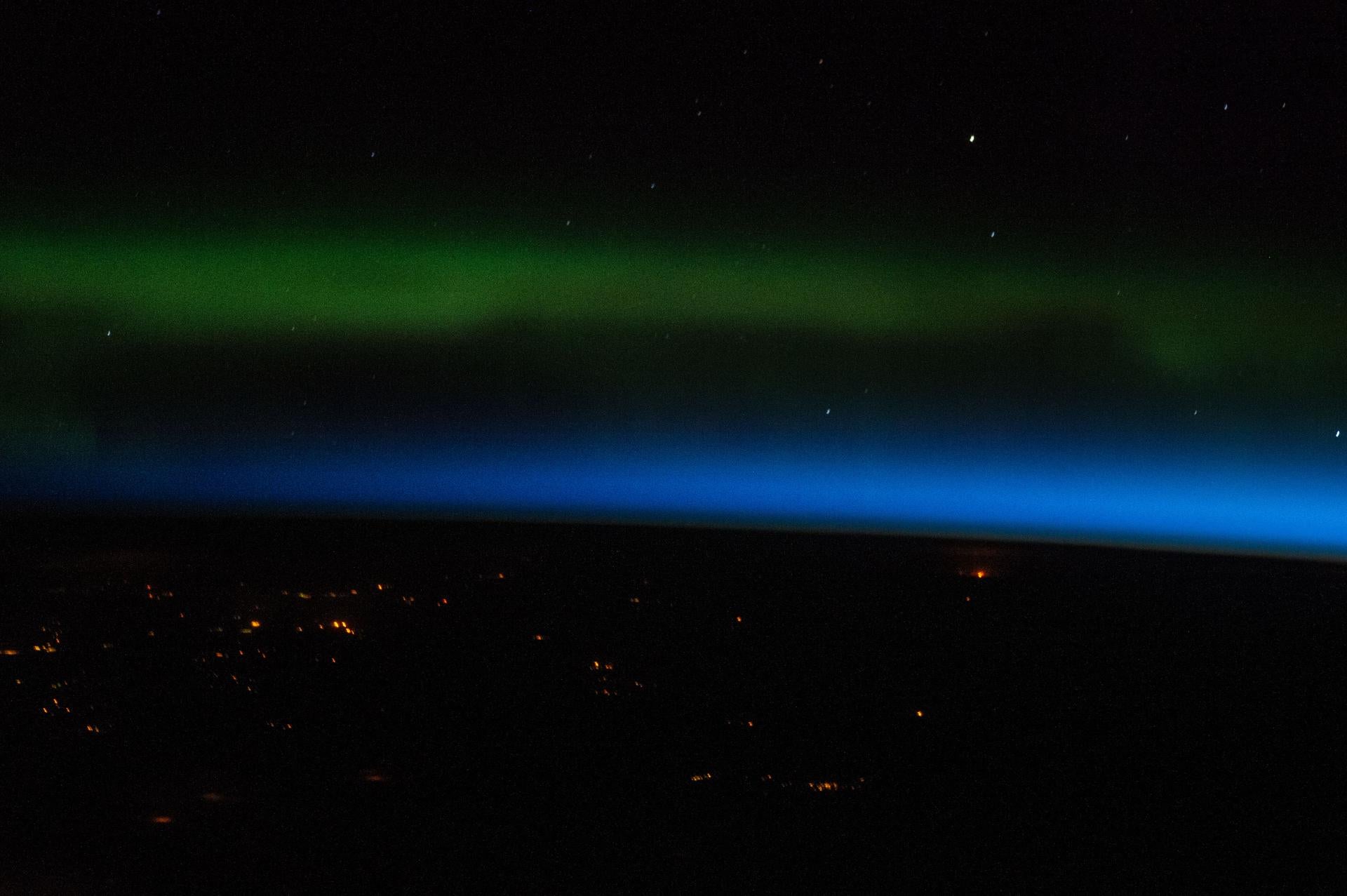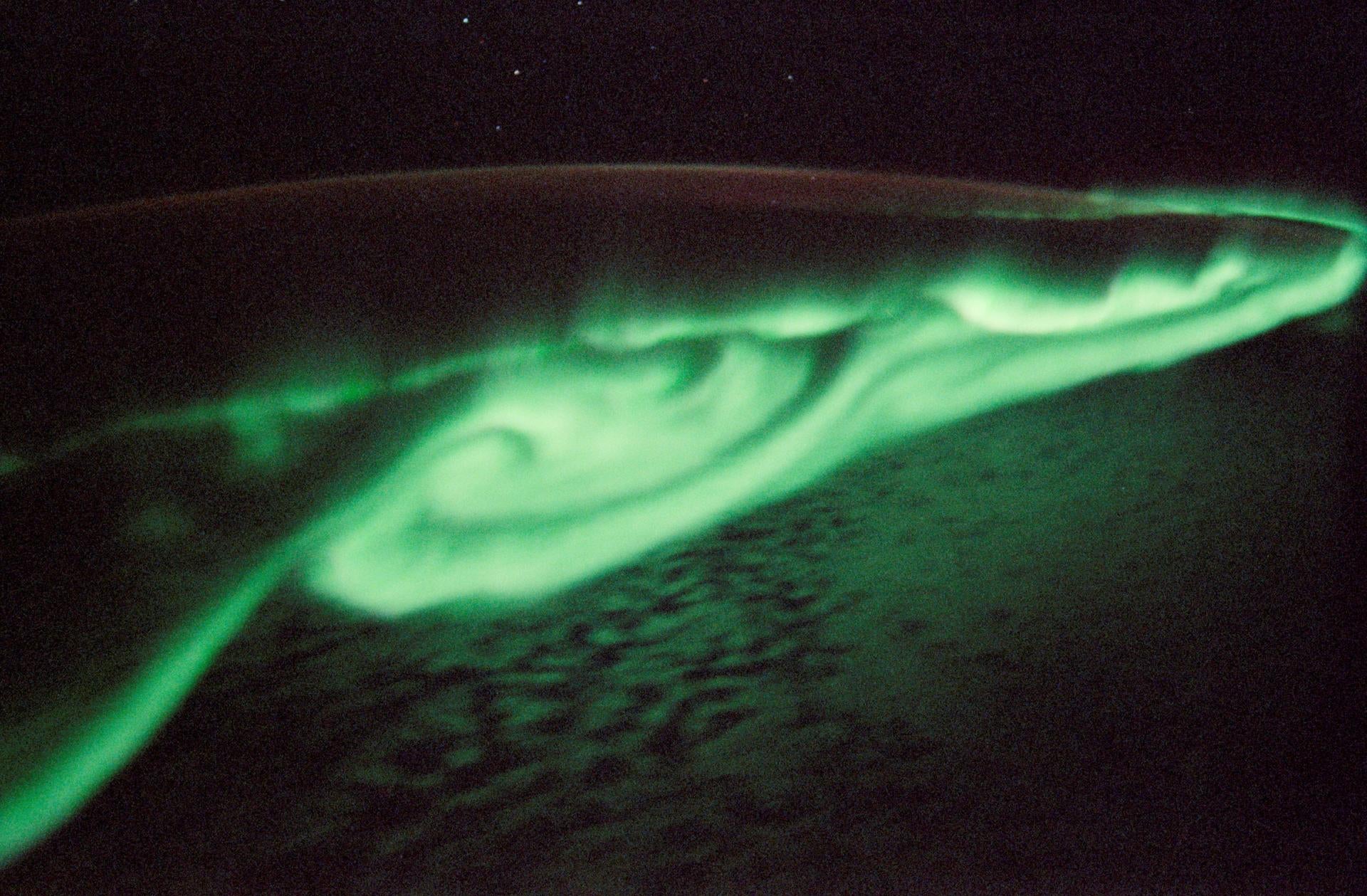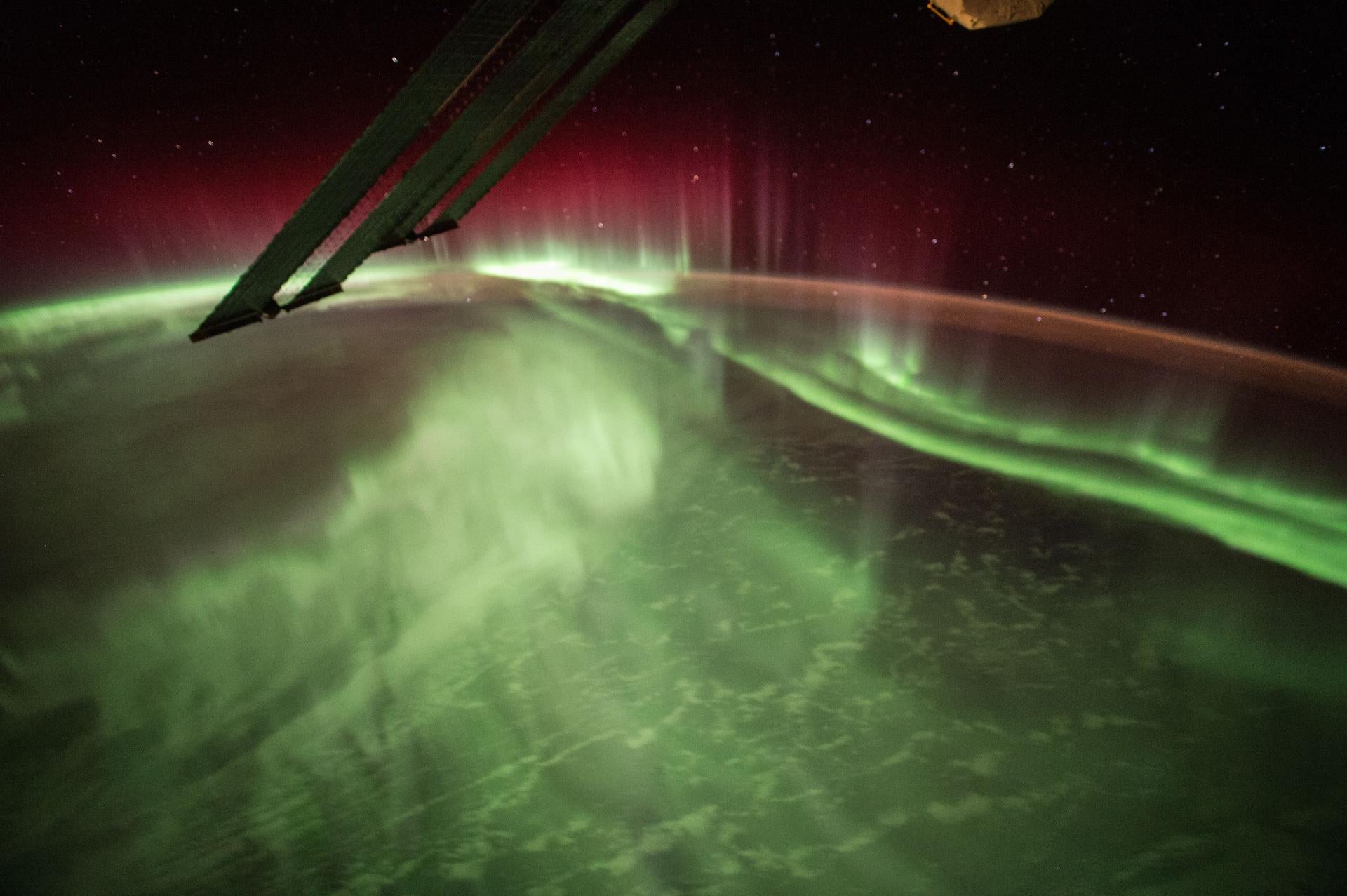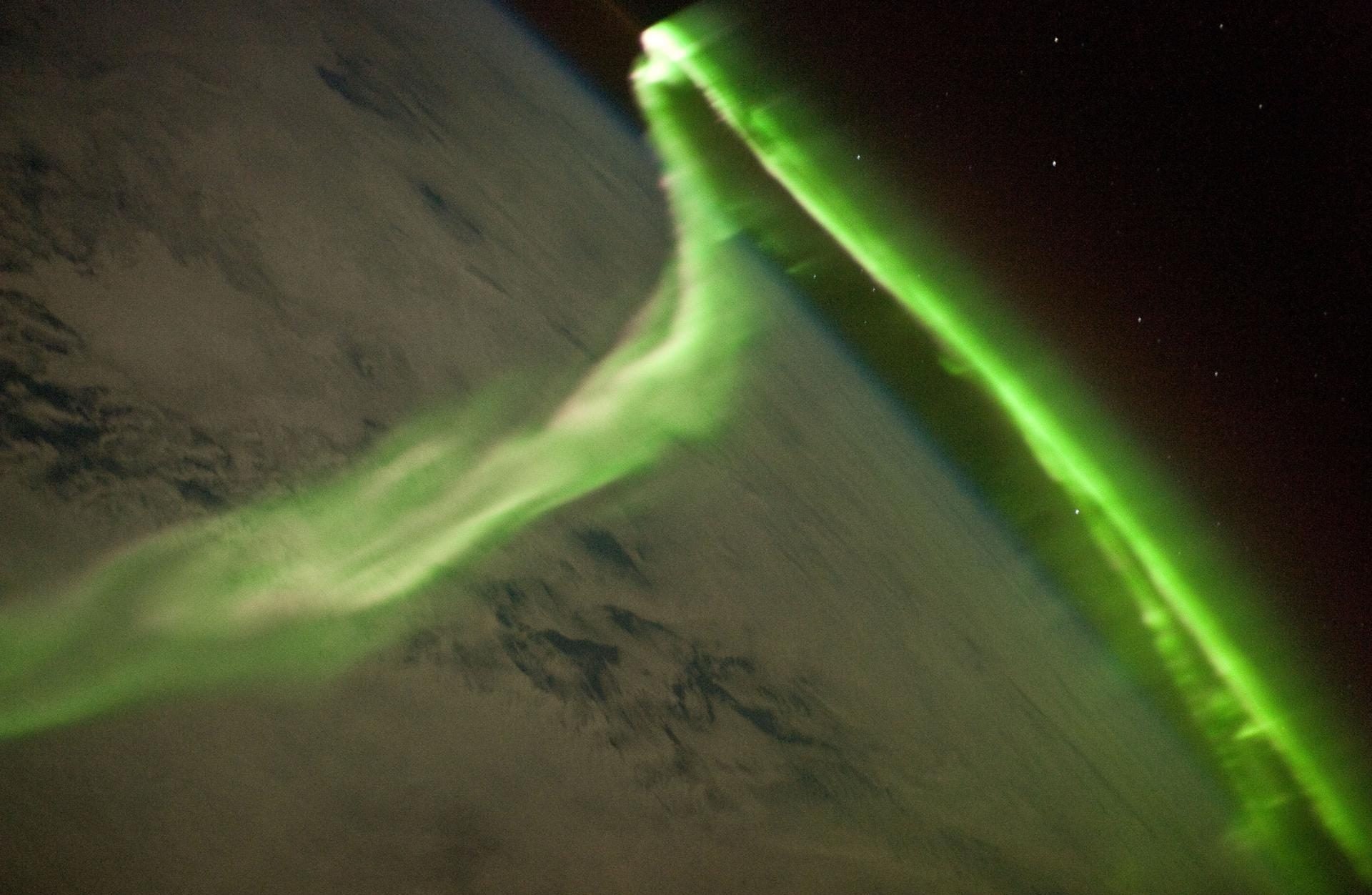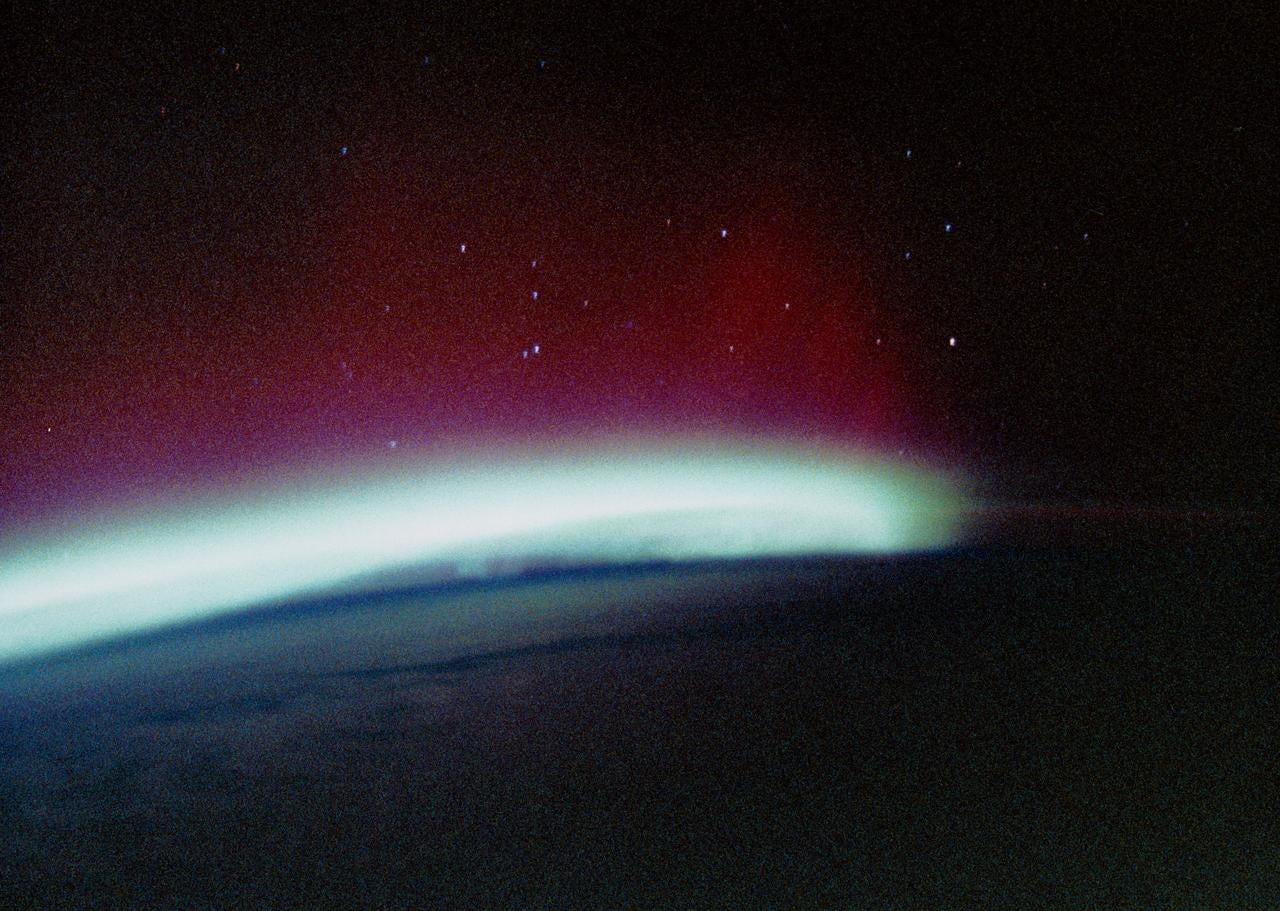What the Northern and Southern lights look like from space
Aurora Borealis and Aurora Australis, commonly known as the Northern and Southern lights, beautiful phenomena that bring stargazers to the ends of the Earth to view them. Caused by charged solar particles interacting with the atmosphere, the often green bands of color streaking across the sky are a magnificent free light show for anyone on who can catch them.
ByJohnny Simon and Johnny Simon
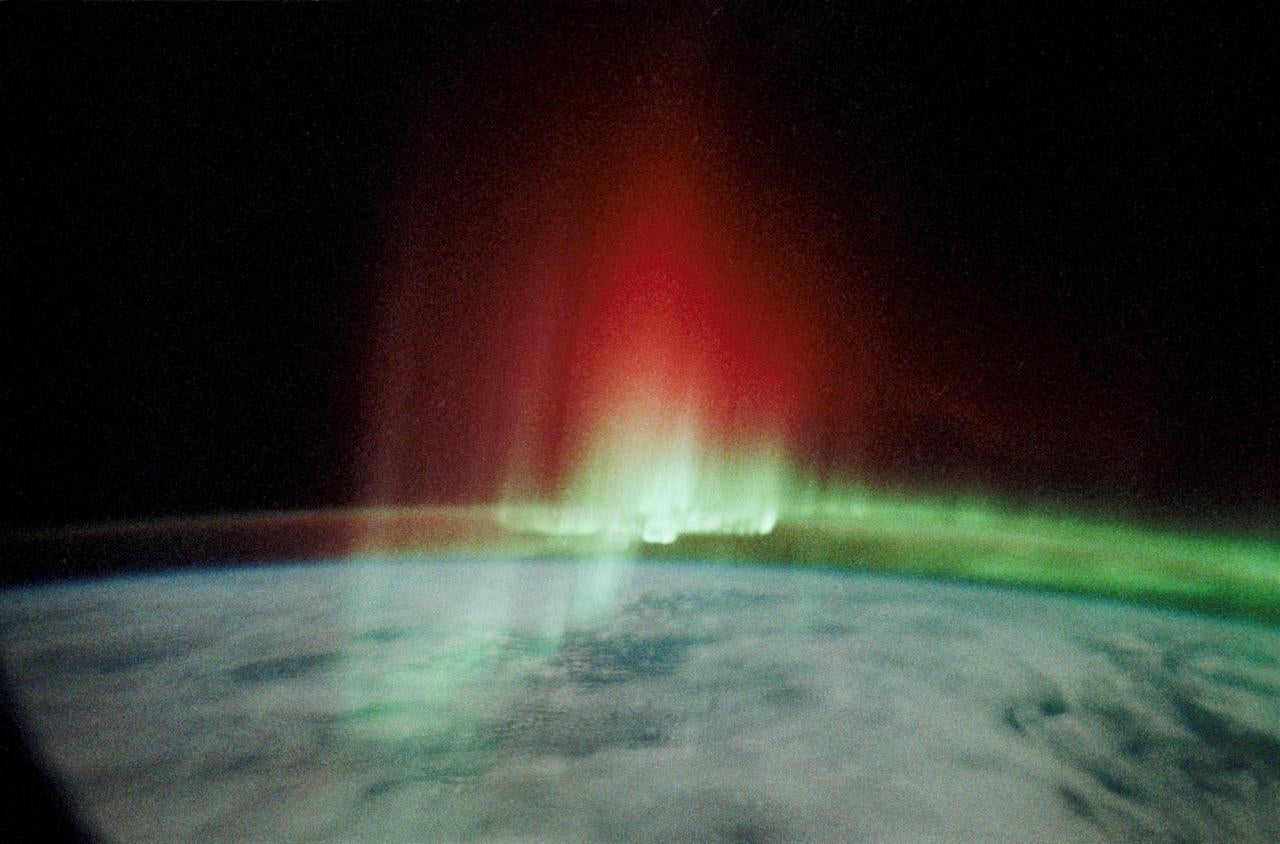

Aurora Borealis and Aurora Australis, commonly known as the Northern and Southern lights, beautiful phenomena that bring stargazers to the ends of the Earth to view them. Caused by charged solar particles interacting with the atmosphere, the often green bands of color streaking across the sky are a magnificent free light show for anyone on who can catch them.
Even if you’re camped out in top terrestrial viewing spots such as Iceland, New Zealand or an Antarctic research station, the ultimate place to view them is from space, as many astronauts have done while at the International Space Station or on NASA space shuttle missions.
You can see here how the green bands of the lights cascade across the atmosphere:

